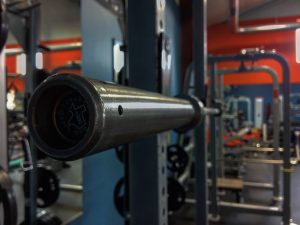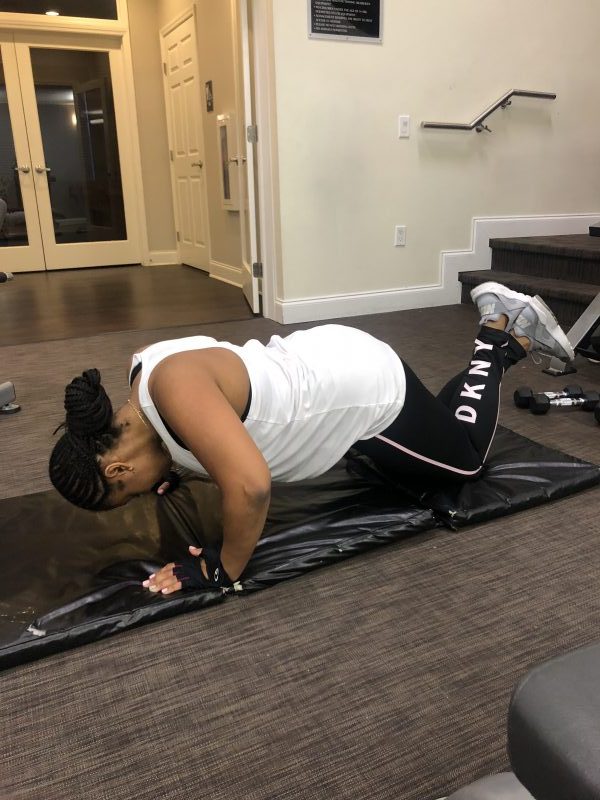Despite years of research showing the benefits of strength training for endurance performance, it’s challenging to convince a client to take precious training time to pick up some weights in the gym. Individuals training for marathons, duathlons, and triathlons can be some of the best and worst personal training clients to work with. They might be incredibly passionate and dedicated, often to their own detriment.
For years there had been speculation throughout the fitness world on whether it was beneficial or detrimental for endurance athletes to incorporate strength training into their routine. It was once believed that strength training and endurance training were counterproductive to one another, however, it’s now known that strength training has very positive effects on endurance performance.
What They Fear

Most trainers are still trying to fight the client’s fear of bulking up, creating more weight to be hauled through the race. However, the type of lifting needed for a triathlon program won’t produce more muscle mass but improve strength and power. These are two very necessary components.
Another concern for many endurance clients is that strength training could reduce capillarization and oxidative enzyme activity, however, this has been shown to be untrue. It has also been concluded that strength training has a positive effect in preventing neuromuscular fatigue, which is a major contributor to cadence reduction.
It is also important to consider that strength training will benefit sport and health longevity, improve muscular imbalances, bone health, body composition, and hormone levels.
Strength Training Will:
– Improve your client’s movement economy, lactate threshold, and anaerobic capacity
– Improve muscle/strength imbalances, which reduces injury risk
– Improve overall power
– Help to keep the body happy and healthy during a rigorous training time
Appropriate Style and Mode
As I mentioned before, it all matters on the type of strength training that is employed. The lifting approach for running and cycling are a bit different. Running is benefits most from lifting heavy and explosively, while cycling responds by simply lifting heavy with low reps.
It is important to note that it is still unclear if strength training is of any true benefit to swimming. The best thing for swimming is to swim!
Presuming that you are starting with a client at the beginning of their training, you want to have at least 8-12 weeks before their event. If time permits it is good to start them with an adaption phase, before the main training.
Adaption Phase: 2-3 weeks
This period is to focus in on technique and form to prevent improper execution injuries down the line. Also this will help decrease DOM that would occur if a client were to begin lifting as heavy as possible right away.
Lighter weight – approximately 60% max 1RM
8-12 reps
1 Rep Max
Once the adaption phase is completed, if that was possible for the particular training program, a 1 rep max test session should be completed.
The safest way to find a client’s max is to have them execute 3-4 sets of 6-8 reps to failure. The lower the reps the more accurate the 1 RM, so I highly suggest keeping it at 6 reps. I personally use the Epley Formula, or more accurately an Epley calculator online.
Phase 2: Maximum Strength and Explosive Lifting
This is the bulk of the training program for your endurance clients. This should be 8-12 weeks with two sessions per week. One session focusing on explosive lifting and the other on maximum strength.
With the maximum strength session the client should be lifting as heavy as they can, of course while still using proper from and execution. This will be in a rep range of 3-6 with intensity respectively ranging from 80%-90%+.
I cannot overemphasize how important it is to be sure the client is resting 2-3 minutes between sets. This is what will produce strength gains.
For the explosive lifting sessions, the weight will stay a bit lower than in the maximum strength sessions. Explosive meaning lifting as quickly as possible through the eccentric phase, while still maintaining proper form and technique. Do not have the client move quickly through the concentric portion of the exercise, this needs to stay controlled.
Progressions and Exercise Type
Like any training program progression is key. This can be done a few ways by increasing RM percent and lowering the reps. After six weeks, repeat the 1 RM session to be sure your client is getting stronger, and that you have them lifting at the correct weight.
Some simple guidelines when picking exercises:
- Whenever possible use compound exercises that utilize large muscle groups
- Whenever possible use sport-specific exercise
- Choose free weights over machines to better challenge stability, mobility, balance, and core muscle recruitment
Endurance-focused personal training clients have legitimate concerns regarding strength training. It’s the role of a trainer to educate folks on the facts and execute a program that provides an opportunity to achieve the results promised.



